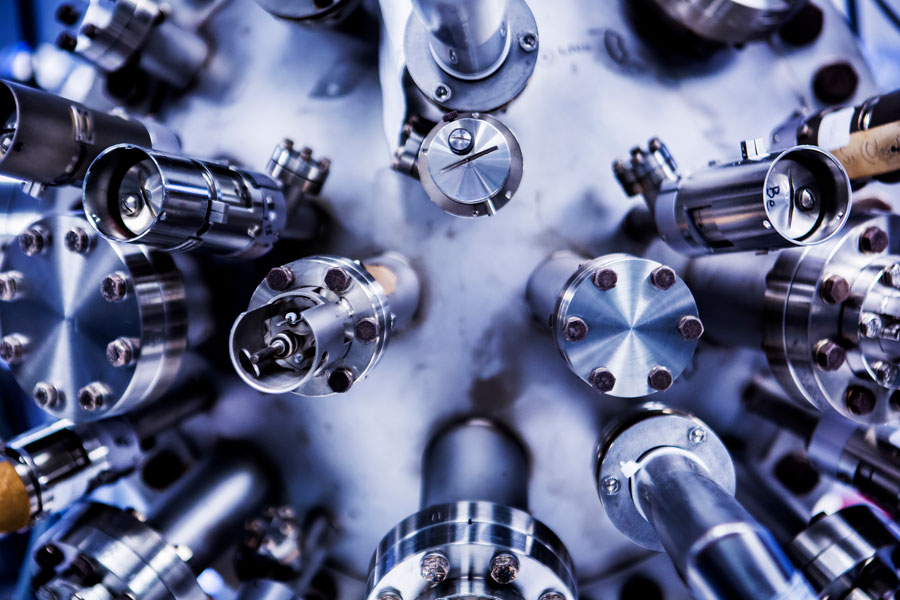A team of researchers from the University of Michigan have created a new semiconductor alloy that could help to develop advanced next-generation solar cells called concentrated photovoltaics. Those collect and focus sunlight onto small, high-efficiency solar cells made of gallium arsenide or germanium semiconductors, which can achieve efficiency rates over 50%. Conventional flat-panel silicon solar cells top out in the mid-20´s.
“Flat-panel silicon is basically maxed out in terms of efficiency,” said Rachel Goldman, professor of Materials Science and Engineering, and Physics at the University of Michigan, whose lab developed the alloy. “The cost of silicon isn't going down and efficiency isn't going up. Concentrator photovoltaics could power the next generation.”
Nowadays concentrators are composed of three materials which are sprayed onto a semiconductor wafer. This allows layers of just a few microns in thickness. Each layer thereby absorbs different wavelengths of light. The light that passes through one layer is captured by the next.
However, so far near-infrared light could not be captured, and slipped through all layers of the cell. For this reason, researchers have been working for years toward to develop a fourth layer alloy to catch the sun-rays. It may sound simple but the layer needs to be sensitive to infrared light, stable, durable and with an atomic structure that matches the solar cell’s other three layers. In addition, it has to be economical.
The researchers now claim that they have discovered a new material that meets all of the requirements. According to the university, they combined on-the-ground measurement techniques including X-ray diffraction and ion beam analysis with custom-built computer modeling. By doing so the researchers discovered that a slightly different type of arsenic molecule would pair more effectively. Furthermore, they found that a different nitrogen-bismuth mix reduced the number of manufacturing steps, and they also discovered the optimal temperature to have the elements mixed securely.
According to the researchers this new material, composed of a mixture of arsenic, gallium, bismuth, and nitrogen, is easier to manufacture and at least 25% less costly than previous formulations.
“‘Magic' is not a word we use often as materials scientists. But that's what it felt like when we finally got it right.” Goldman said. “Essentially, this enables us to make these semiconductors with fewer atomic spray cans, and each can is significantly less expensive. In the manufacturing world, that kind of simplification is very significant. „
The new alloy is described in a paper titled “Bi-enhanced N incorporation in GaAsNBi alloys,” published on June 15 in Applied Physics Letters.
This content is protected by copyright and may not be reused. If you want to cooperate with us and would like to reuse some of our content, please contact: editors@pv-magazine.com.



Why would the cost of silicon panels need to go down? $.30/W is practically free.
A pity that Professor Goldman felt the need to hype her team’s definite advance in the niche technology of concentrating PV with the ridiculous claims that “the cost of silicon isn’t going down and [conventional PV] efficiency isn’t going up”.
I think this statement is about the fishbowl of academic research rather than worldwide manufacturing and markets.